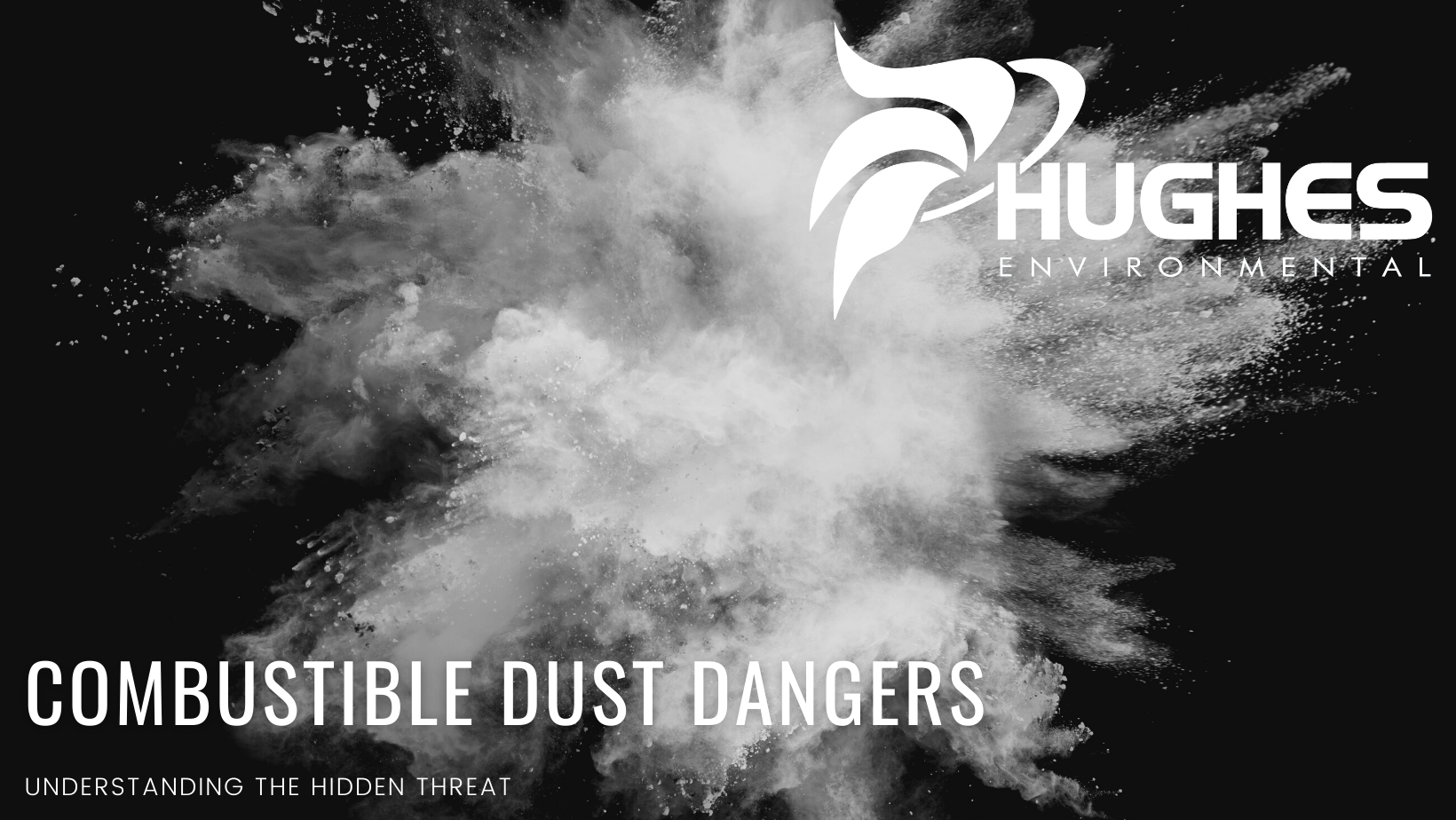
In various industries and workplaces, dust is an unavoidable byproduct of production processes and everyday operations. While it may seem harmless, many people are unaware of the potential dangers that lurk within these seemingly innocuous particles. Combustible dust, a term used to describe finely divided solid particles that can ignite and cause explosive fires, poses a significant risk to worker safety and facility integrity. Delve into the world of combustible dust dangers, explore its potential hazards, and highlight the importance of proactive prevention measures.
Understanding Combustible Dust:
Combustible dust refers to finely divided solid particles that are capable of causing a fire or explosion when suspended in the air under specific conditions. These particles can originate from a wide range of materials such as wood, metal, plastics, chemicals, agricultural products, and many others. Industries that handle or produce these substances, including but not limited to manufacturing, agriculture, food processing, pharmaceuticals, and woodworking, are at a higher risk of combustible dust incidents.
Hazards Posed by Combustible Dust:
-
Explosive Atmosphere: When suspended dust particles come into contact with an ignition source such as sparks, open flames, or electrical arcs, they can trigger a rapid combustion process. This can lead to explosions, causing severe damage to equipment, infrastructure, and most importantly, endangering the lives of workers.
-
Fire Spread: Combustible dust fires are notoriously difficult to extinguish. Once ignited, the dust cloud can propagate fire rapidly, leading to uncontrolled infernos that can engulf entire buildings or production areas. The intense heat and flames make it challenging for individuals to escape, exacerbating the potential for injuries and fatalities.
-
Health Risks: In addition to the immediate danger of fire and explosions, exposure to combustible dust can pose long-term health risks. Fine particles, when inhaled, can lead to respiratory problems, including asthma, chronic bronchitis, and even lung damage. Prolonged exposure may also result in the development of conditions such as pneumoconiosis, a group of lung diseases caused by the inhalation of dust particles.
Prevention Measures:
To mitigate the risks associated with combustible dust, proactive measures must be implemented within workplaces:
-
Hazard Assessment: Conduct thorough risk assessments to identify areas where combustible dust may be present. Assess the potential ignition sources and the effectiveness of existing control measures.
-
Engineering Controls: Implement proper ventilation systems to remove dust from the air and prevent its accumulation. Employ dust collection systems and ensure their regular maintenance. Utilize explosion protection systems, such as explosion vents or suppression systems, to minimize the impact of potential explosions.
-
Housekeeping: Establish regular cleaning schedules to remove accumulations of dust from work areas, equipment, and hidden spaces. Use approved cleaning methods to avoid dispersing the dust particles into the air during the cleaning process.
-
Training and Awareness: Train employees on the hazards of combustible dust and provide guidelines for safe work practices. Emphasize the importance of reporting any potential issues or concerns related to dust accumulation.
-
Regulatory Compliance: Stay informed about relevant occupational safety and health regulations pertaining to combustible dust. Comply with national and local codes and standards to ensure the safety of workers and the facility.
Combustible dust dangers are a serious and often overlooked threat within many industries. Understanding the risks associated with these particles is crucial for employers, employees, and safety professionals alike. By implementing comprehensive preventive measures, conducting thorough risk assessments, and fostering a culture of safety awareness, the potential for catastrophic incidents can be significantly reduced. Prioritizing the management of combustible dust not only safeguards the well-being of individuals but also protects businesses from devastating losses and legal ramifications. Remember, prevention is the key to ensuring a safe working environment and mitigating the hidden dangers of combustible dust.

